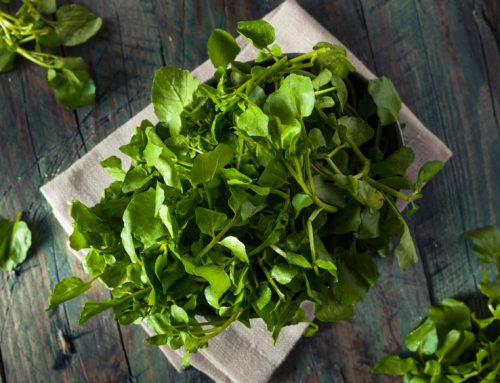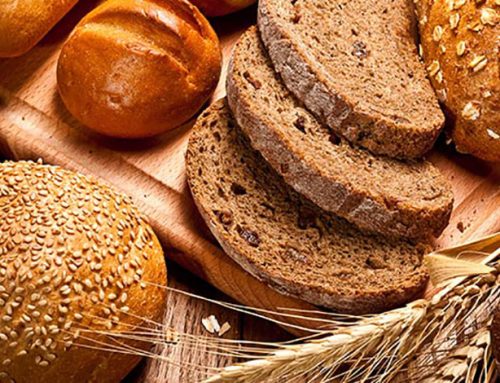How to Tell Food Who’s Boss, A Step-By-Step Guide, is the title of my latest book.
Do you feel that you have most parts of your life under control but that your eating habits remain mysteriously untamed? Do you experience days when you think about the food you downed rushing from one appointment to another and know that you deserve a butt kicking? Would you like to tell food who’s boss and finally get this important part of life under control?
Extricating yourself from eating on auto-pilot or in response to unrecognized social pressure, and beginning to acknowledge what your food intake looks like on a daily basis, are the first steps on the bumpy road to acquiring new health habits.
Unfortunately, when you decide to embark on the journey to a healthy life, all the tempting drive-thrus and restaurants remain open, continuing to beckon you to come by. This is where the development of new skills is necessary. This book will provide you with the tools you need to tell food who’s boss and live a healthy lifestyle that makes you feel energetic and in control.
Excerpt from How to Tell Food Who’s Boss
Does This Sound Familiar?
If you’ve reached the preparation stage, you feel like “I’m ready to get started.” You’ve accepted the fact that you really do have to change your eating habits or you’re doomed to a miserable old age. You’re thinking that within the next month you can get your head around starting to think about making some changes.
You’re reluctant to do a cartwheel into the deep end of the pool only to decide that the water is far too cold, so that you shy away for a few more years. This time you try something radically different. You surprise yourself by just dipping your toe in the water. Your toe feels like it has frostbite, but because you’re getting acclimated to the change, it feels less traumatic and more achievable.
In the action stage you feel like “I’m all in. I’m doing it!” For the first time in your life, you’ve decided to bite the bullet and learn how to cope with all the temptations around you instead of following a prescribed diet that obviates the need to ever figure that out. You’ve tried allowing diet gurus to tell you what to eat so many times, and you’re finally getting comfortable with the notion of making a steady, sustained effort to get healthy. Your baby steps are accumulating to the point that you actually feel more energetic and can start to see some results. Even though the changes feel uncomfortable, you stay motivated to keep moving down the healthy path. It feels challenging yet doable.
If this resonates with your current attitude about losing weight, then you are ready to begin. One important criteria of success is to first understand how behavior change works so that you begin with realistic expectations.
1. Identify Habits You’re Ready to Change
The first step in the long-delayed spring cleaning of your body is to take a breath and rein yourself in a bit. Your first inclination after making this belated decision to buckle down and get to the root of the problem — your eating habits — is to go full-bore into dieting mode and try to starve off the pounds. This should not come as a surprise, as this is the only mode you’ve ever practiced when you’ve been serious about losing weight.
The type of traditional diets you’ve used in the past have a laundry list of rules and provide strict weight loss guidelines, which no one can live with for an extended period of time. Going on a diet has always required a titanic, abrupt change in your lifestyle. You’ve gone along with the program because you’ve been desperate.
But at some point, you yearn for normalcy. You give up the extreme mandates of the diet because they clash with your real life which includes enjoying food and social activities. For example, your 600-calorie day of Intermittent Fasting happens to coincide with the day you’re going out to celebrate your husband’s birthday. Diet over. Or you’re on Keto and your colleague’s going-away dinner is at Olive Garden™. You’re already salivating thinking about the chicken alfredo and breadsticks. Game over.
Lifestyle change is an entirely different beast from any type of “diet” you’ve surrendered to in the past. In fact, it’s a new way to think about your relationship with food and to achieve the feeling that you are in charge of what goes into your mouth. The concept of lifestyle change is to start to pay attention to your eating habits, and then to incrementally alter those habitual patterns with slow upgrades. Unlike your past efforts to lose weight, this behavior change happens in a relatively seamless way that fits into your current lifestyle.
Bottom line: You’re going to acquire new skills that will allow you to live in the real world. This will feel very different from the just-tell-me-what-to-eat diets that have worked initially and then failed you in the long run.
When you begin making permanent changes to your eating habits, you start to realize what you’re up against. We live in a society that is nothing less than obsessed with food. Every place you look there is an abundance of edibles, most of them sorely lacking in healthy nutrition. The challenge of lifestyle change is to consistently make healthy choices despite the onslaught of junk food available everywhere you turn. Our food-focused world is very much at odds with a healthy diet. It features gigantic portions of heavily processed foods swimming in butter and oil and containing lab-concocted, taste-bud addicting proportions of salt, sugar, and fat.
Once you decide to change your ways, the next step is to be totally honest with yourself about which parts of your dietary habits you are actually ready to start improving. We all have crutches we’re just not ready to give up; at least not immediately. It might be the chill-out glass of wine or two that you consume nightly. Or maybe it’s your chocolate after dinner treats. That’s OK. Leave them be. Don’t try to fix everything that you think is broken in the first week. Doing so will stress you out, overwhelm you, and make you feel like quitting before you even get started.
Instead, identify two or three unhealthy habits that you’ve been itching to break for some time, but you haven’t gotten around to facing. Then create some very small steps that get you moving towards that goalpost.
Examples of small steps towards a bigger goal:
Goal #1: Stop mindless junk-food snacking after dinner.
Choose fruit after dinner on two nights instead of cookies. The other five nights, keep your cookies.
Goal #2: Stop getting grab-n-go every night because there’s nothing to eat in the house.
Do a meal plan so you have at least three meals planned for the week. The other nights, keep the carryout.
Goal #3: Avoid getting home from work starving.
Bring a healthy snack, like an apple or a handful of nuts to work so you can eat it on the way home and see if it makes you less tempted to scarf down the first thing you see when you cross the threshold.
Goal #4: Stop mindless Netflix munching.
Instead of your usual chips, experiment once by substituting air popped popcorn spritzed with oil and spiced up.
Goal #5: Conquer your mid-afternoon pick-me-up.
Twice next week, try eating a healthy snack that you brought from home instead of making your Starbucks™ run.
Click here to get a copy of How to Tell Food Who’s Boss.







